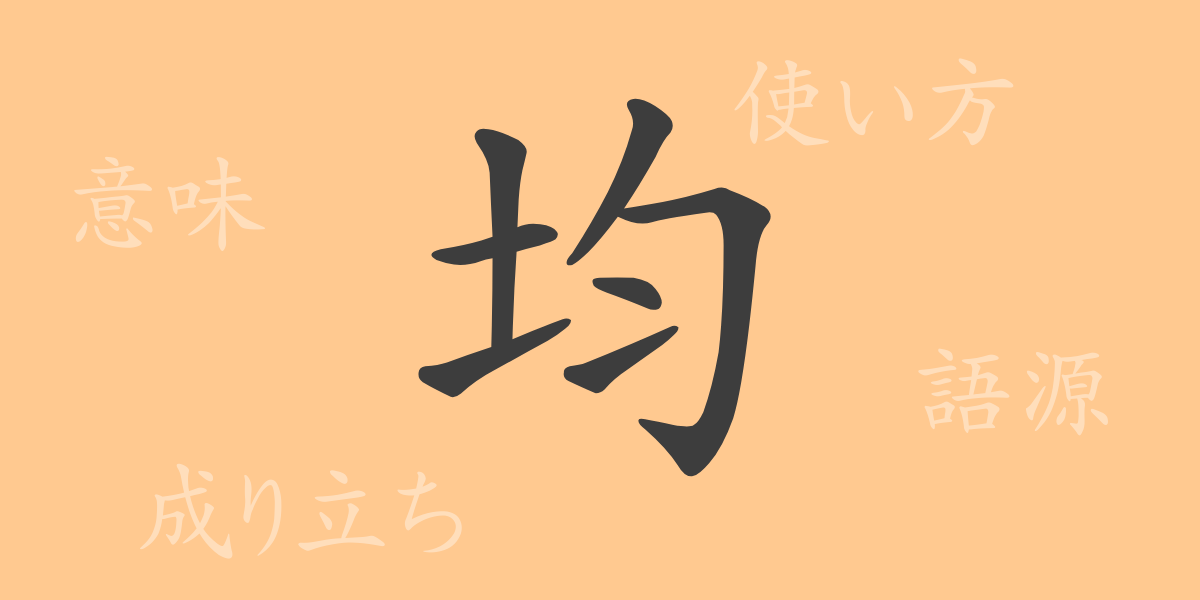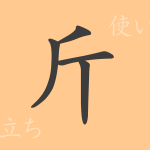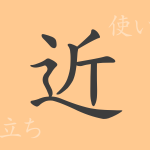Japanese contains numerous kanji, each with its unique history and meaning. The kanji “均(きん)” is deeply rooted in our daily lives and is used in many idioms and expressions. This time, we focus on “均(きん),” exploring its origins, meaning, usage, and the idioms and proverbs that resonate with the Japanese heart.
Origins of 均(きん)
The kanji “均(きん)” was born in ancient China. Its origin lies in the word “均平(きんぺい),” meaning to level the land. Flat land is easy to distribute, hence the meanings of “even” and “equal” emerged. This kanji is also related to the shape of “匀(きん),” which was derived from the forms used in ancient scales and measures.
Meaning and Usage of 均(きん)
“均(きん)” means equality, uniformity, and balance. It can also mean distribution or adjustment, signifying a state of fairness or equilibrium. In Japanese, this kanji is commonly used in expressions such as “均等(きんとう)に分ける” (to divide equally) and “均衡(きんこう)を保つ” (to maintain balance).
Readings, Stroke Count, and Radical of 均(きん)
Here are some basic details about the kanji “均(きん)”:
- Readings: The on’yomi (Chinese reading) is “キン,” and there is no kun’yomi (Japanese reading).
- Stroke count: “均(きん)” has 7 strokes.
- Radical: The radical for this kanji is 土部(つちへん).
Idioms, Expressions, and Proverbs Using 均(きん)
Here are some idioms and expressions that include “均(きん)”:
- 平均(へいきん): To make everything the same level, or the average value obtained by dividing the total by the number of items.
- 均衡(きんこう): A state where things are balanced.
- 均一(きんいつ): Everything being in the same state.
- 均等(きんとう): To divide everything equally.
- 均しく(ひとしく): A set phrase meaning “equally” or “uniformly.”
Conclusion on 均(きん)
The kanji “均(きん)” signifies important concepts such as equality and balance. Widely used in Japanese, this kanji reflects the Japanese values of fairness and balance. Through the idioms and proverbs that surround us, we unconsciously practice the spirit of “均(きん)” in our daily lives.

























